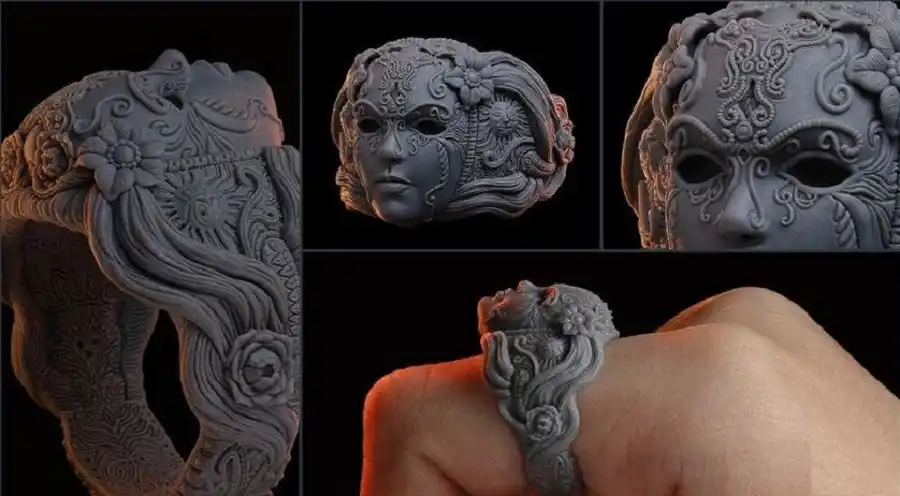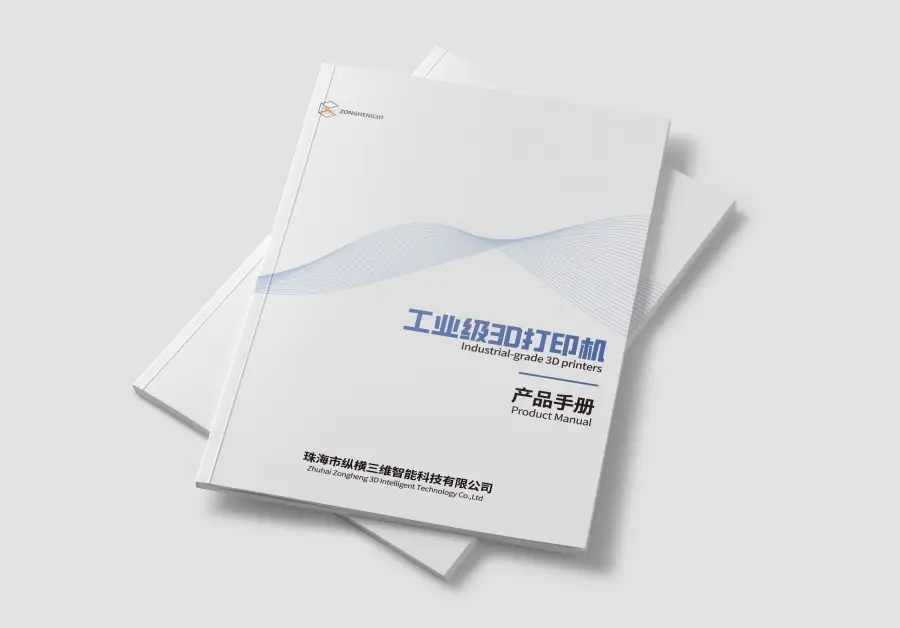SLA 3D printing produces intricate, high-resolution parts by using ultraviolet light to cure liquid resin into hardened plastic. Compared to filament-based printers, the process enables superior surface finish, dimensional accuracy, and fine details.
However, not all resins are created equal. The specific photopolymer formulation has a significant impact on the characteristics and quality of printed components. Using the wrong resin can lead to prints getting stuck to the build platform, cracked or warped parts, and poor mechanical performance.
Fortunately, a wide range of specialized resin types are now available to match any application need. But with so many options, how do you determine compatibility and choose the right material for your printer and project? This guide will provide a comprehensive overview of SLA resin types, properties, and considerations for optimal print results.
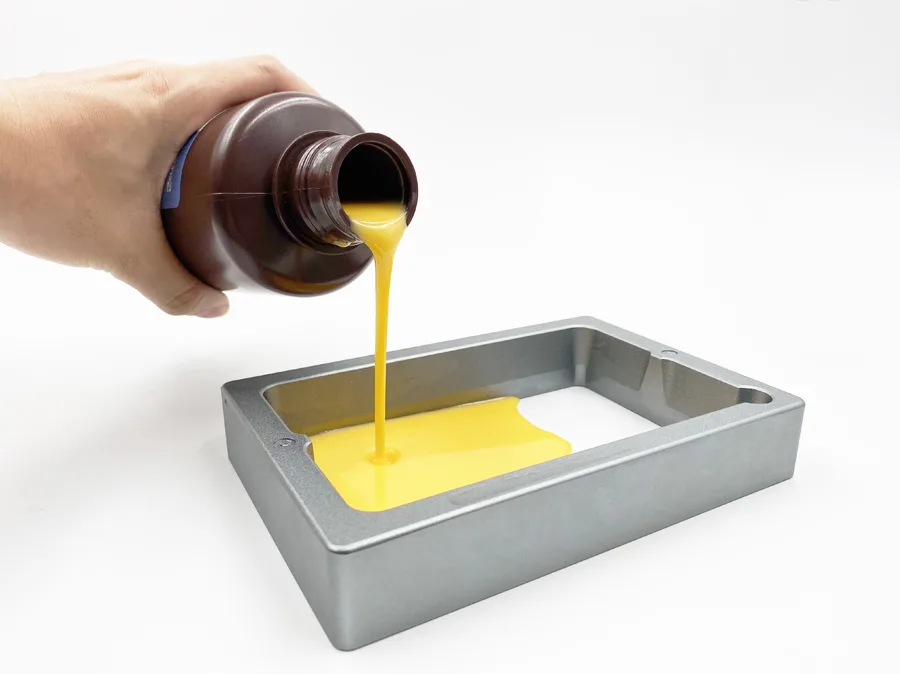
We’ll compare popular options from standard to engineering grade resins. You’ll learn key specs to look for when selecting a material, along with tips for validating printer compatibility. By understanding resin characteristics and following the best practices, you can avoid filament frustrations and unlock the full potential of your SLA 3D printer. Read on to become an SLA resin pro!
The Complete Guide to SLA 3D Printing Resin Types
SLA 3D printing uses liquid photopolymer resins that are precisely cured layer-by-layer into solid objects. But with so many different resin formulations available, it can be tricky to select the right material for your application.
This guide will walk you through the properties and best uses of the most common SLA 3D printing resin types so you can choose the optimal material for your projects.
Standard Photocuring Resins
The most widely used resins in SLA printing are standard photocuring resins based on acrylate or epoxy polymer chains. These provide:
- Good detail and surface finish – Cure into smooth, high-resolution prints.
- Wide range of material properties – Formulated for different levels of toughness, temperature resistance, durability, etc.
- Affordable prices – The economical option for most prints.
However, standard resins can be brittle and prone to cracking under high stress or impact.
Ideal for: General purpose prototyping and parts that don’t require high strength or flexibility. Dental and jewelry applications.
Tough and Flexible Resins
Tough and flexible resins contain elastomers or thermoplastic polyurethane (TPU) to improve durability.
Benefits include:
- Increased elongation – Up to 100x more flexible than rigid resins.
- High impact resistance – Won’t crack or shatter under stress.
- Improved tear strength
This makes them perfect for:
- Functional prototypes subjected to real-world stresses.
- End-use parts like grips, gaskets, and snap fits.
- Flexibility needed for assembly.
The tradeoff is moderately lower print resolution and accuracy.
Castable Resins
Castable resins are designed to burn out cleanly so printed parts can be directly cast into metal using lost-wax casting methods.
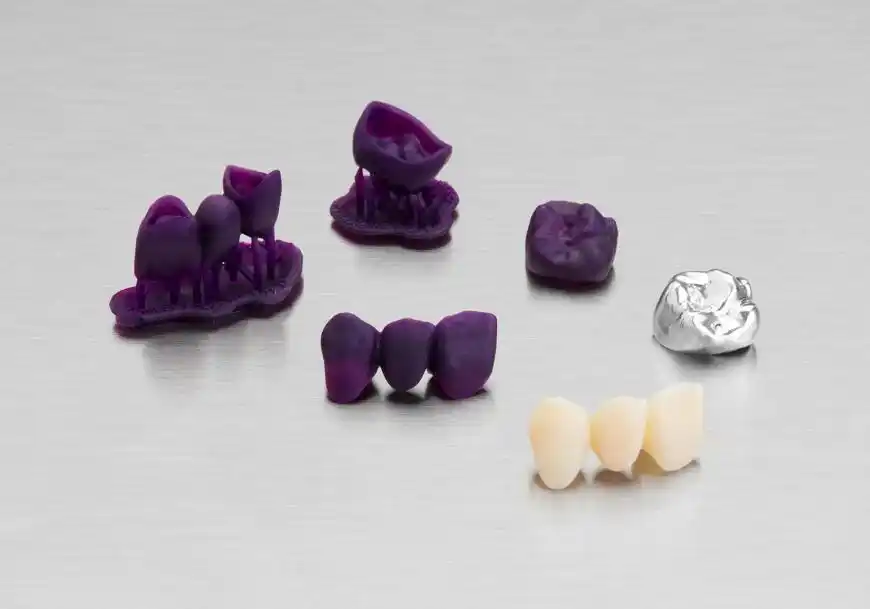
- Leave no ash or residue when burned.
- Accurate representation of final metal piece.
- Limited material options – mainly for jewelry and dental.
Castable resins enable small production runs and one-off metal parts without tooling costs.
Composite Resins
Composite resins contain added particles or fibers such as:
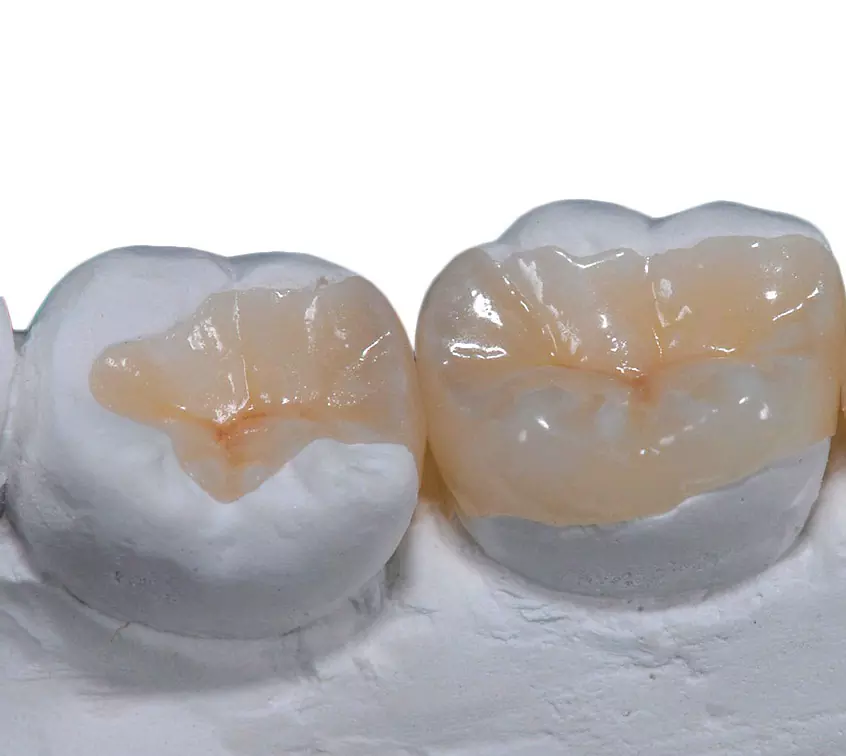
- Ceramics
- Carbon fiber
- Glass fiber
- Wood
- Stone
Benefits:
- Enhanced strength
- Increased heat resistance
- Improved dimensional stability
- Unique aesthetic effects
Often used for:
- Tooling and mold making – High heat and wear resistance needed.
- Mechanical parts – Stronger and stiffer than plastic alone.
- Artistic objects – Simulate look of stone, wood, and metals.
Provide properties impossible with standard resins.
Specialty Resins
There are also specialty resins engineered for unique applications:
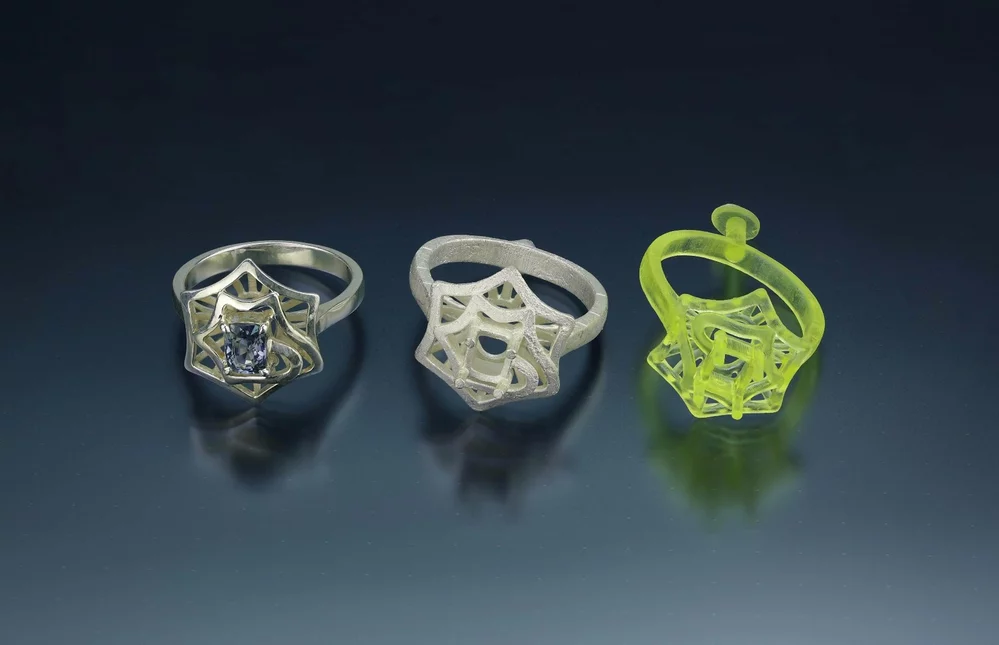
- Medical/dental – Biocompatible, autoclavable.
- Jewelry – Castable, high precision.
- Automotive – Withstand fluids, heat, fuels.
- Aerospace – Extreme strength and heat resistance.
Specialty resins offer tailored performance but are more expensive. Only use if required by your application.
How to Evaluate and Compare SLA 3D Printer Resins
With so many SLA resin options available, how do you make sense of all the material specifications and identify the right resin for your application?
This guide will walk through the key resin properties to understand so you can effectively compare materials and choose the optimal resin for your projects.
Curing Method
SLA resins cure and solidify when exposed to light. The specific wavelengths used for polymerization depend on the print technology:
- UV resins – Cure with ultraviolet light, typically 405nm. Used in top-down laser SLA printers.
- LED resins – Cure with visible light LEDs, around 385nm or 405nm. Used in SLA machines with LED arrays.
Always match the curing method to your printer’s specifications. LED and laser UV resins are not interchangeable.
Viscosity
Viscosity measures the resin’s fluid thickness and resistance to flowing.
Lower viscosity resins have better resolution but may spread or leak on the print platform.
Higher viscosity resins reduce spreading but limit detail. Look for the recommended viscosity range for your printer.
Shrinkage
When resin transitions from liquid to solid, the crosslinking process causes it to shrink and contract.
Typical shrinkage is around 2-6%. Higher shrinkage can lead to warped or deformed prints.
Mechanical Properties
Mechanical specs indicate how the material will perform under different loading conditions:
- Tensile strength – Resistance to breakage under tension or stretching.
- Flexural strength – Ability to resist deformation or bending forces.
- Elongation at break – How far it can stretch before breaking.
- Hardness – Resistance to indentations.
Compare to your application needs. Flexible resins provide high elongation but lower strength.
Thermal Properties
Important thermal specs:
- Glass transition temp (Tg) – The point where resin transitions from hard plastic to a rubbery state.
- Heat deflection temp – The temperature where material will substantially deform under load.
Achieving SLA Printer and Resin Compatibility for Optimal Prints
You’ve done your research and selected the perfect SLA resin for your application. But before rushing into printing, it’s crucial to validate compatibility with your specific 3D printer.
Here are the key factors to consider for achieving resin and printer compatibility:
Match Curing Wavelength
- LED or laser UV? You must match the curing wavelength of your printer’s light source. LED resins won’t work in UV laser printers and vice versa.
- Check the nanometer rating. Most LED printers operate at 385nm or 405nm. Lasers are typically 405nm. Ensure the resin cures at your printer’s specified wavelength.
Review Manufacturer Specifications
- Check your printer manufacturer’s approved resin list. This is the definitive guide to compatible materials.
- Consult resin settings guides – The manufacturer will provide detailed print profiles tailored to each material. This is a great starting point for dialing in your prints.
Consider Material Safety
- Photopolymers contain irritants – wear gloves and eye protection. Review the resin SDS for proper handling methods.
- Some materials or additives may not be suitable for certain applications. Especially important for dental and medical uses.
Test and Fine Tune
- When switching resins, run benchmark prints to check compatibility. Look for sticking, cracks, or layer separation issues.
- Be prepared to fine tune settings like exposure time for optimal curing and adherence with each material.
By selecting a compatible resin and properly calibrating your print settings, you’ll be ready to start printing flawless high-resolution models with your SLA 3D printer!
Top Tips for SLA Printing Success with Resin
You’ve set up your SLA 3D printer, selected the perfect resin, and checked compatibility. Now it’s time to start printing!
Follow these pro tips to help ensure printing success when working with photocuring resins:
Choose the Right Resin for the Job
- Match resin properties to your application requirements. Using the wrong material for the job will lead to disappointments.
- For functional parts, prioritize mechanical performance over appearance. Jewelry and art have the opposite priorities.
Confirm Wavelength Match
- Double check that the curing wavelength of your resin matches your printer’s specific light source (LED or laser UV).
- This is critical – wavelength mismatches cause printing failures.
Follow Manufacturer Guidelines
- Use resin manufacturer provided settings as a starting point for your specific printer.
- These settings are tailored to account for material properties like viscosity and cure rate.
Fine Tune Settings for Each Resin
- Expect to tweak exposure, lift speeds, and other parameters to optimize individual resin performance.
- Run test parts to dial in ideal settings. Take notes so you can reproduce successes.
Use Proper Resin Handling Precautions
- Wear nitrile gloves, eye protection, and a respirator when handling resins to minimize risks.
- Clean up spills immediately and dispose of materials properly.
- Work in a well-ventilated area.
Store Resins Correctly
- Keep resins in opaque, airtight bottles out of sunlight to maintain integrity.
- Refrigeration can prolong shelf life but allow resins to reach room temp before printing.
Key Takeaways on SLA Resin Selection and Printing
As you’ve learned, SLA 3D printing with photopolymer resins enables amazingly detailed and accurate prints. However, resin properties and compatibility considerations play a huge role in part quality and performance.
Here are the key takeaways to remember:
- SLA resins are not one-size-fits-all. Select a resin formulated for your specific application.
- Mechanical, thermal, and aesthetic properties differ between resin types. Compare specs to your needs.
- Always match the curing method (LED or laser UV wavelengths) between resin and printer.
- Follow all manufacturer recommended print settings and safety precautions.
- Expect to experiment and fine-tune profiles for optimal results with each material.
With a little upfront research and dialing in of settings, you can leverage the diverse resin selection for SLA printing to unlock a world of design possibilities.
Careful resin selection and compatibility checks will allow you to hold accurate and beautiful 3D printed parts in your hands!

